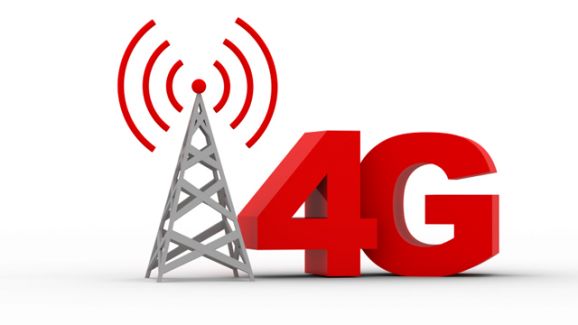3G vs 4G
@dualblueeyes (1)
Rawalpindi, Pakistan
November 8, 2014 12:58am CST
3G
3G refers to the so-called “third generation” of cell phone technologies, standards that carriers began rolling out in the U.S. in 2003. The most common 3G data protocols are EDGE, EV-DO and HSPA, each based on a different, earlier standard. The International Telecommunications Union has set no official standards for data rates for 3G technology, although most standards in this group offer at least 144 kilobits per second of download capacity. Carriers have significantly upgraded their networks over the years, however. By 2012, 3G speeds could range between 400 kilobits and 2 megabits per second, depending on your carrier and region.
4G
What constitutes a 4G technology has become a topic of discussion within the cell phone industry. Carriers began rolling out their own so-called “4G” networks in the U.S. beginning in 2008, but there was very little standardization in the new technologies. In some cases, one company’s 4G speeds could be inferior to another carrier’s older 3G offering. In 2012, Wi-Max, HSPA+ and LTE are 4G technologies, due to their use of the Multiple Input/Multiple Output, or MIMO, standard. This allows cell phones to receive and transmit data simultaneously across multiple frequencies, increasing speeds dramatically. In 2012, average 4G speeds could range between 3.5 and 13 megabits, depending on the network in your area...........
No responses





